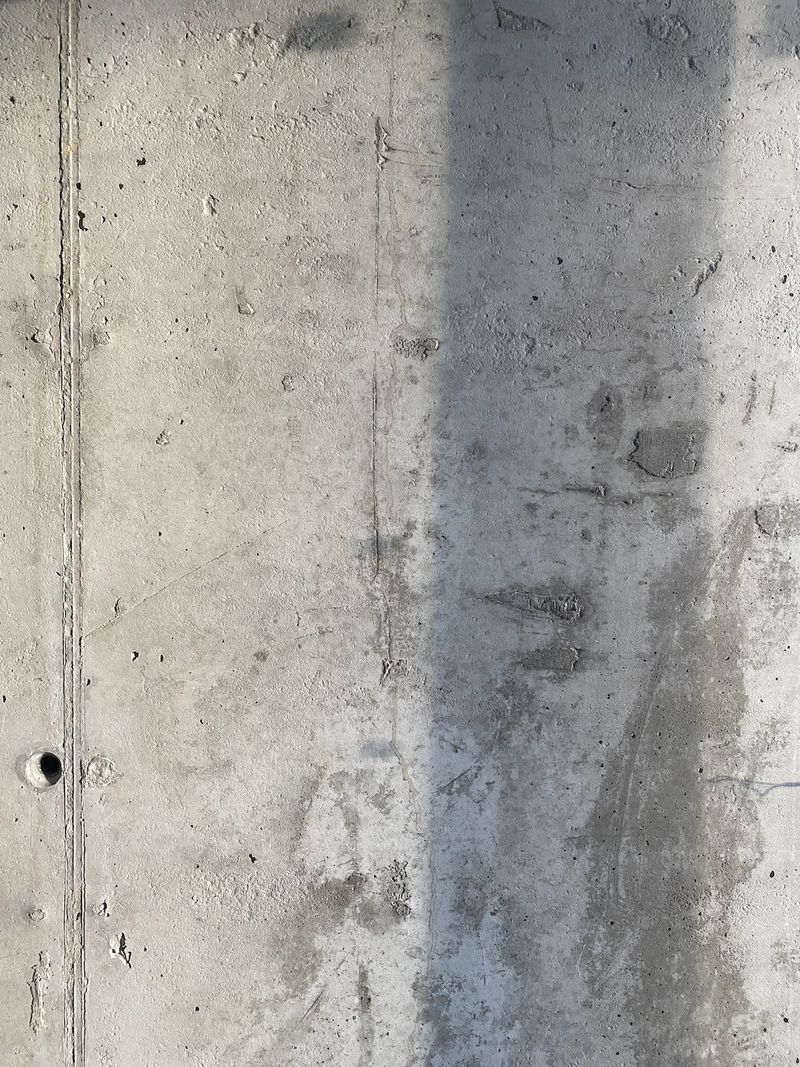Reinforced Autoclaved Aerated Concrete (RAAC) in Education Establishments in Wales
Introduction
In recent news, concerns have been raised regarding the use of Reinforced Autoclaved Aerated Concrete (RAAC) in education establishments in Wales. Following new information, all 22 local authorities in Wales are currently assessing the presence of RAAC in school buildings. As a precautionary measure, two schools on Anglesey, Ysgol David Hughes and Ysgol Uwchradd Caergybi, have been identified as having RAAC and will temporarily close for safety inspections and planning alternative measures.
Safety as a Top Priority
The Minister for Education and Welsh Language, Jeremy Miles, emphasized that the safety of students and staff is of utmost importance. The Welsh Government has been working closely with local authorities and the Welsh Local Government Association (WLGA) to ensure a swift response to this issue. A review of the latest information held by local authorities is currently underway, and the results are expected within the next two weeks.
Evolving Situation
Councillor Ian Roberts, the WLGA Education Spokesperson, stated that the organization is actively collaborating with the Welsh Government and local authorities to determine the full extent of RAAC usage across Wales. This is an evolving situation, and the WLGA is committed to prioritizing the safety of teachers, staff, and students during the investigation process.
Disruptions to Education
While the temporary closure of Ysgol David Hughes and Ysgol Uwchradd Caergybi may cause disappointment, Anglesey Council Leader Cllr Llinos Medi assured that the safety of the students and staff remains the primary concern. The council is implementing plans to minimize any disruption to children’s education and is working closely with the affected schools’ headteachers and staff. Regular updates will be provided to parents/guardians and young people, ensuring clear communication channels are maintained.
Editorial: The Importance of Sustainable Construction
Background on Reinforced Autoclaved Aerated Concrete
Reinforced Autoclaved Aerated Concrete (RAAC) is favored in sustainable construction due to its eco-friendly characteristics. It is a lightweight and highly insulating material made from a combination of sand, cement, lime, gypsum, and fine aggregates mixed with water and an aeration agent. The resulting product offers numerous benefits, including energy efficiency, thermal insulation, fire resistance, and soundproofing properties.
Weighing the Benefits and Risks
It is essential to thoroughly examine the usage of RAAC in education establishments to ensure the safety and well-being of students and staff. While RAAC contributes to the overall goal of sustainable development by reducing carbon footprints and promoting energy efficiency, any potential risks must be identified and addressed promptly. The precautionary measures taken by the Welsh Government and local authorities demonstrate their commitment to ensuring the highest safety standards in educational facilities.
Collaborative Efforts for Safety
The collaboration between the Welsh Government, local authorities, and education institutions during this investigation highlights the value of proactive engagement in addressing potential concerns. By working together, these entities can effectively assess the situation, communicate with stakeholders, and implement appropriate measures to minimize disruptions to education while safeguarding the well-being of all individuals involved.
Advice for Education Establishments and Beyond
Thorough Assessments and Safety Inspections
Education establishments, not only in Wales but worldwide, should conduct comprehensive assessments to determine the presence of RAAC or any other construction material that may raise concerns. Safety inspections should be carried out regularly to identify any potential risks and ensure that students and staff are not exposed to hazardous conditions. Building contractors and architects should also prioritize the use of materials that have been thoroughly tested and approved for safety.
Transparent Communication
Open and transparent communication is crucial during times of potential safety risks. Education establishments should provide timely updates to parents, guardians, and students, keeping them informed about any developments or necessary actions. Clear communication channels between schools, local authorities, and government bodies should be established and maintained to address concerns and provide reassurance in such situations.
Continued Focus on Sustainable Construction
The case of RAAC in education buildings highlights the importance of sustainable construction practices. While it is crucial to prioritize safety, it is equally important to continue exploring eco-friendly materials and energy-efficient design techniques. Striking a balance between sustainability and safety will contribute to building a greener and more sustainable future.
Lessons for the Future
As this situation unfolds, it provides an opportunity for the construction industry, policymakers, and educational institutions to learn valuable lessons for the future. It reinforces the need for rigorous scrutiny and continuous monitoring of materials used in construction projects, particularly in settings involving vulnerable populations such as schools. By sharing insights and implementing comprehensive safety measures, the industry can enhance the overall resilience and sustainability of educational facilities.
In conclusion, the assessment of Reinforced Autoclaved Aerated Concrete (RAAC) in education establishments in Wales is an essential step towards ensuring the safety and well-being of students and staff. The collaborative efforts of the Welsh Government, local authorities, and education institutions serve as a model for addressing potential concerns promptly and transparently. As this situation evolves, it is crucial to maintain a focus on sustainable construction practices while prioritizing safety. Thorough assessments, transparent communication, and continued investment in sustainable building materials and techniques will contribute to a safer and more environmentally conscious educational environment.

<< photo by Yura Pavlov >>
The image is for illustrative purposes only and does not depict the actual situation.
You might want to read !
- DfE Pushes for Reinforced Autoclave Aerated Schools: A Sustainable Solution for Education
- “Revitalizing Sterilization Standards: Analyzing the Implications of New Reinforced Autoclaved Guidelines”
- Angela Rayner: Overcoming the Odds as a Labour Powerhouse
- The Battle of Glasgow: Live Updates from Rangers vs Celtic in the Scottish Premiership
- UFC Paris: Inside the Battle for French MMA Legalization
- Championing Sustainable Development: Remembering John Hollins, Advocate for a Better Future




